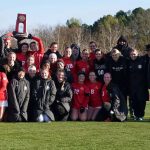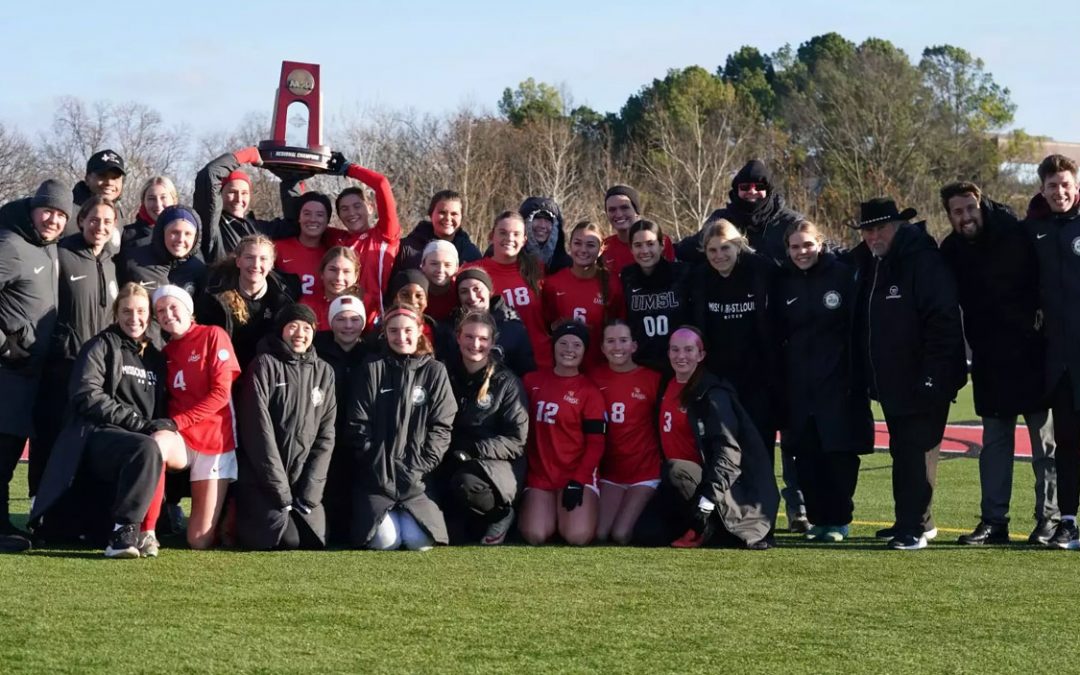
UMSL biology major Rachel Hosna received a College of Arts & Sciences Research grant to study insect galls.
Rachel Hosna, junior biology major at the University of Missouri–St. Louis, always wondered about those little balls that formed on various plants and trees. And once she discovered what they are after taking a biology class with Robert Marquis, professor of biology at UMSL, she was hooked.
“I learned about insect galls one day, and it was love at first sight basically,” Hosna said. “I was really captivated by the different shapes and colors and sizes they come in and how and why plants become susceptible to them.”
Hosna, a resident of the Tower Grove Park area in St. Louis, is one of seven undergraduates to receive this year’s College of Arts and Sciences Research Grants. The college created a Research Grant Program this year in order to promote undergraduate research. A faculty and student review committee selected seven undergraduates to receive funds to help them complete their research activities.
Hosna project, “Diversity of Galling Wasps across Eight Species of Quercus in Missouri,” will be overseen by Marquis.
UMSL Daily caught up with Hosna recently to talk about her research and the grant program for the second of seven Q&As featuring grant recipients.
Why does this research interest you?
I think one of the reasons it interests me so much is that very little is known about this system. I read papers looking for answers and really just came up with more questions. I’m trying to find out what species of galling wasps occur on eight species of the most common oaks in Missouri. Galls are growths on plants which can occur on leaves, stems, etc. They are a result of wasps, in the case of oaks, that deposit their eggs in between the tissues of a growing leaf and through various pathways allocate plant resources to making these external structures that come in a wide variety of shapes and sizes. My goal is to find out what species exist, how they are distributed among different tree species and how the number of species changes through the canopy of trees.
How do you feel about having this opportunity to do research as an undergraduate?
It’s really exciting! For me, the ability to try and answer questions about something I’m really interested in is incredible and I feel really lucky.
Why is the Research Grant Program a good idea?
Getting funded made my research a reality; I think any other student desiring to do research would say that that’s a huge deal.
Why did you pick this major?
I’ve always enjoyed hiking and learning things about the environment around me. Even in grade school I knew that biology was what I loved most.
What do you hope to do after graduating from UMSL?
I want to go to graduate school, definitely get my master’s degree and probably my PhD. I hope to continue doing research, but I think I’ll just see where this path takes me.














